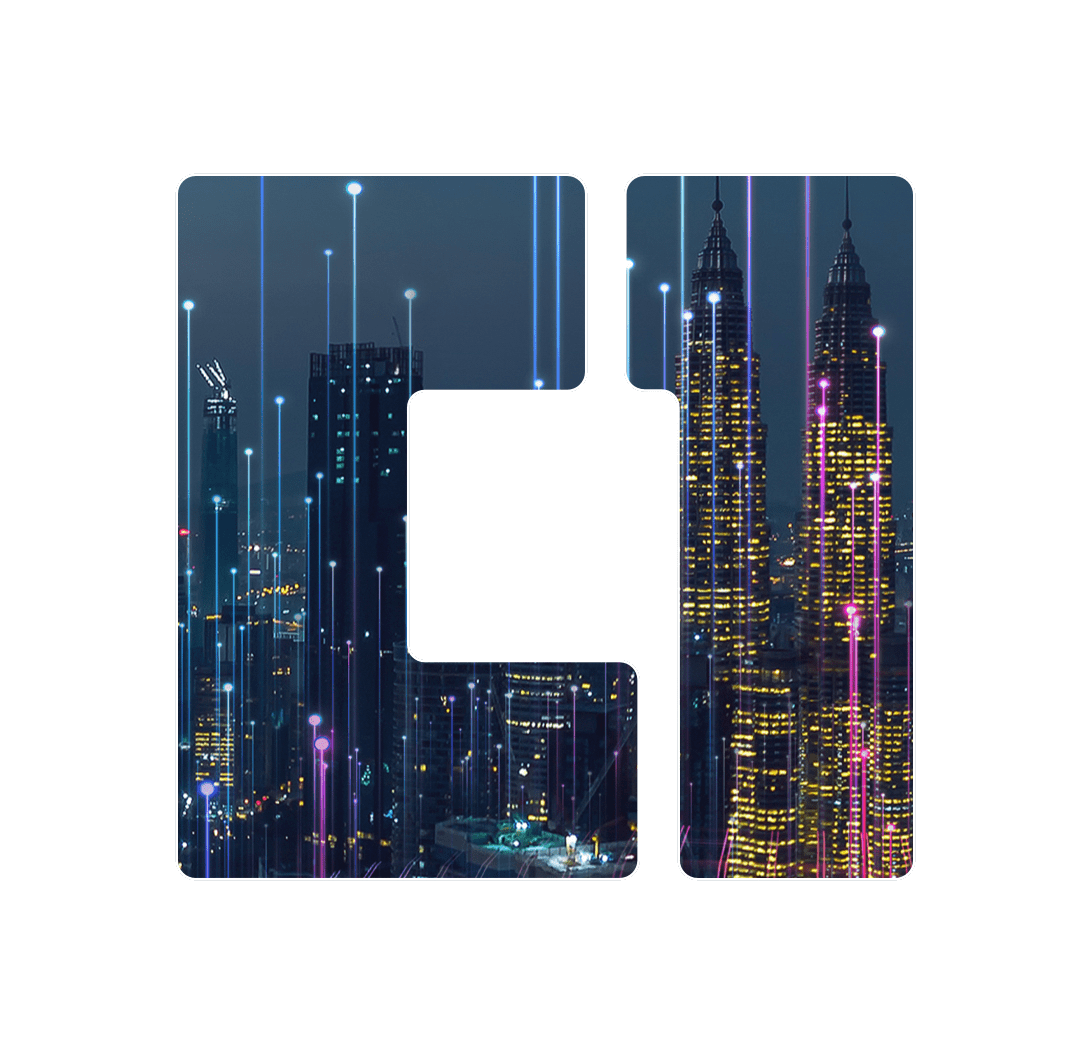Generative AI has moved from curiosity to priority—and CIOs are leading the charge. To move beyond pilots and hype, they need more than tools—they need a plan.
What Makes Generative AI Different?
Unlike traditional AI, which mostly classifies data or predicts outcomes, generative AI is all about creating something new. It can write content, generate images, code software, and even produce video or audio—all based on the data it’s trained on.
At the heart of it are large language models (LLMs) like GPT, which learn from massive datasets to produce human-like responses. There’s also a shift toward multimodal models that can handle text, images, and more in a single interface. Together, these tools are transforming how companies communicate, develop products, and deliver services.
Why It’s on Every CIO’s Radar
Generative AI isn’t just a tech upgrade—it’s a business enabler. It’s helping teams create content faster, respond to customers more effectively, and write cleaner code in less time. It can also uncover insights from large data sets, streamline internal workflows, and personalize experiences for customers at scale.
No surprise then that CIOs see AI as a major competitive advantage. In fact, most are already investing in generative AI, even if they’re still figuring out how to make the most of it. The opportunity is massive—but so is the pressure to get it right.
The Barriers Holding Teams Back
Implementing generative AI is rarely straightforward. One major challenge for CIOs is proving ROI. While the potential is clear, quantifying value—especially for outcomes like better decision-making or faster content creation—can be difficult, making it harder to justify investment.
Data readiness is another frequent roadblock. Without high-quality, well-governed data, AI outputs become unreliable. For example, poor data governance has been shown to sabotage AI initiatives by producing inconsistent results and eroding trust in the technology.
People-related challenges also slow adoption. Employees may fear job displacement or feel uncertain about using AI tools. At this Fortune 500 household product company, for instance, staff were initially skeptical of generative AI until the company introduced “AI champions” to demonstrate practical benefits, which helped shift perceptions and increase adoption
Without clear communication, governance, and training, these barriers can stall momentum before AI efforts ever reach scale.
Risk Isn’t Just Technical—It’s Ethical Too
Security, privacy, and compliance are top of mind for CIOs—and for good reason. Generative AI systems often rely on large volumes of sensitive data, and if that data isn’t properly secured, it can lead to serious issues. Regulations are also evolving quickly, which means staying compliant is a moving target.
Then there’s the question of trust. Generative AI can sometimes produce biased or inaccurate content, especially if the training data is flawed. It’s essential to put guardrails in place—through policies, oversight, and regular reviews—to make sure AI outputs are ethical, accurate, and aligned with your brand and values.
The CIO’s Role Is Evolving—Fast
CIOs today aren’t just tech leaders—they’re business strategists, risk managers, and culture champions. Leading a successful AI initiative means aligning it with the organization’s goals, identifying practical use cases, and helping teams build confidence through early wins.
It also means making smart decisions about build vs. buy, investing in upskilling or hiring the right talent, and fostering collaboration between IT, legal, marketing, and other departments. Whether you’re developing custom models or using off-the-shelf tools, the key is to stay focused on real business problems, not just shiny new tech.
Measuring Success and Scaling Smart
To make generative AI work at scale, you’ll need to measure what matters. That includes obvious metrics like cost savings or faster delivery times—but also more strategic ones like improved customer satisfaction, employee productivity, or innovation velocity.
Start by establishing a baseline before you launch any AI projects. Track performance during your pilot programs, and adjust as you go. The more clearly you can tie outcomes to business value, the easier it will be to secure support and investment for broader rollout.
Conclusion
Generative AI is here to stay—and it’s only getting better. For CIOs, the question isn’t whether to get involved, but how to do it in a way that’s thoughtful, responsible, and aligned with business goals. By tackling the barriers head-on and leading with a clear, practical strategy, CIOs can turn this powerful technology into a real driver of enterprise growth.
The future is being written by AI. CIOs have the opportunity—and responsibility—to shape it with purpose.

C1
